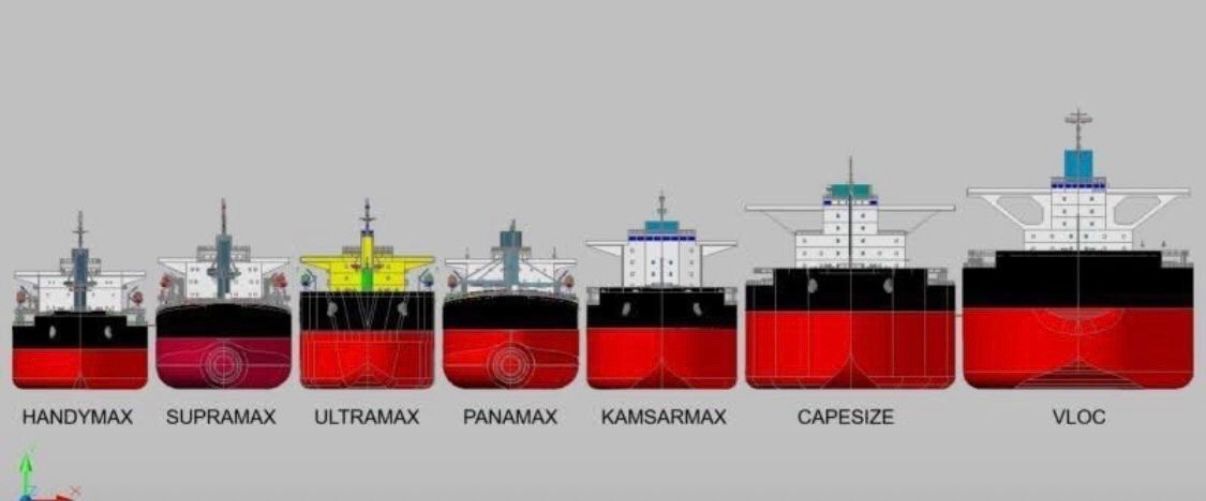Want to fix a Vessel?
Let’s decode the Chaos: Main Terms, Rider Clauses, Recap vs CP — Here’s the Real Flow!
Understanding the step-by-step process of fixing (especially for bulk cargoes) is essential if you’re working in broking, operations, or chartering.
Let me break it down for you in simple flow with focus on what comes when (rider clauses, recap, fixture note, CP etc)

Step-by-Step Process of Fixing
Negotiation Phase
This is where both parties (charterer – broker – owner) exchange terms via email/phone/chat
Discuss main terms like:
- Freight rate
- Load/discharge ports
- Cargo quantity & type
- Laycan
- Demurrage/Despatch
- Payment terms
Rider Clauses Come In (During Negotiation)
These are additional clauses charterers or owners want to add to protect their interest
Examples:
- NOR tendering condition
- Weather working days
- Stowage plan submission timelines
- War/sanction risks
- Draft restrictions
- Waiting clause etc.
Clean Recap (Fixture Recap) – After Final Agreement
This recap is the summary of the entire fixture and includes:
- All main terms
- Agreed rider clauses
- Applicable charter party form (e.g. GENCON 1994)
- Any special conditions etc.
Fixture Note (optional step – mostly for internal records)
Some brokers/charterers create a Fixture Note (short format) for internal or system recording, not a legal document.
It’s like a snapshot of the recap.
Charter Party (CP) Drafting & Signing
The final step
- Based on the recap, the full Charter Party is drafted using the agreed charter party form (e.g. GENCON, NYPE)
- Rider clauses from the recap are inserted in the rider section
- Both parties (or their legal/ops teams) review, amend if necessary, and sign the CP
Summary
What Comes When?
- Main terms discussed
- Rider clauses added as per the requirement
- Clean Recap is issued after all terms are agreed
- Fixture Note (optional) after recap
- CP drafted & signed by charterer and owner
The Recap = Legally binding. CP just formalizes the details. Never treat the recap casually!
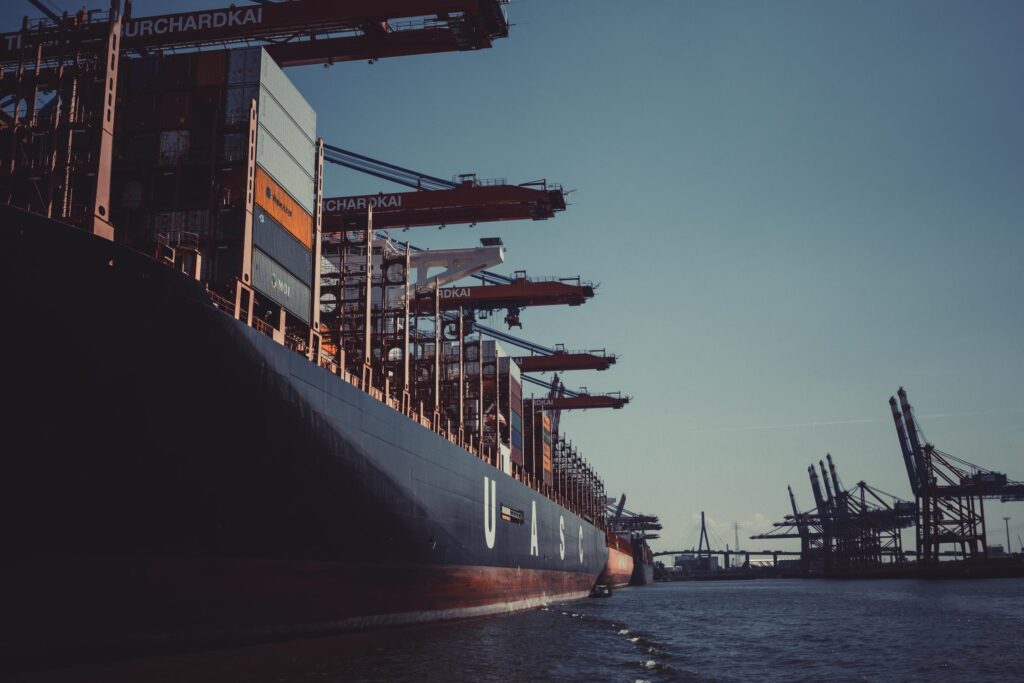

Quick Tip
The Recap = Legally binding. CP just formalizes the details. Never treat the recap casually!
Cost Responsibilities
Understanding Cost Responsibilities in Shipping Contracts – Simplified for Operations & Chartering Professionals.
In shipping, knowing who pays for what isn’t just about cost—it’s about clarity, negotiation, and efficiency.
If you’re in operations or chartering, you’ve likely come across terms like FI / FO / FIO / FIOS / FIOST or FILO / LIFO / LILO / FLT
But what do they really mean in practice?
Here’s a quick, simplified breakdown of these terms
FI (Free In)
- Charterer pays for loading
- Owner pays for discharge
- Charterer handles loading extras (dunnage, lashing)
- Vessel port charges: Owner (POL & POD)
- Cargo port charges: Charterer (load port)
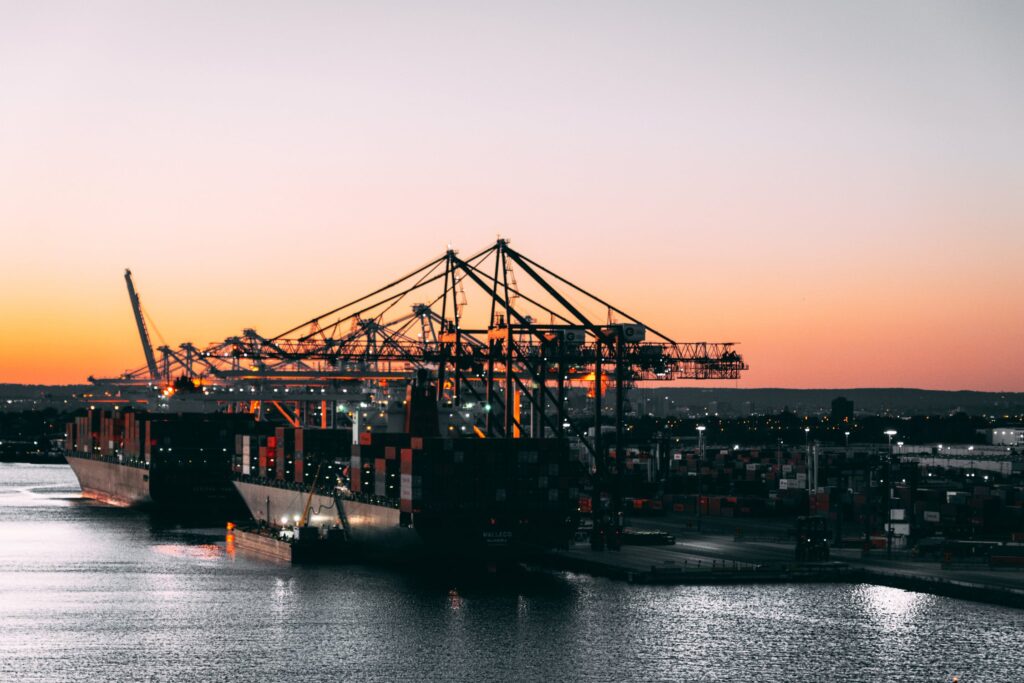
FO (Free Out)
- Owner pays for loading
- Charterer pays for discharge
- Charterer covers discharge extras (unlashing, dunnage)
- Vessel port charges: Owner (POL & POD)
- Cargo port charges: Charterer (discharge port)
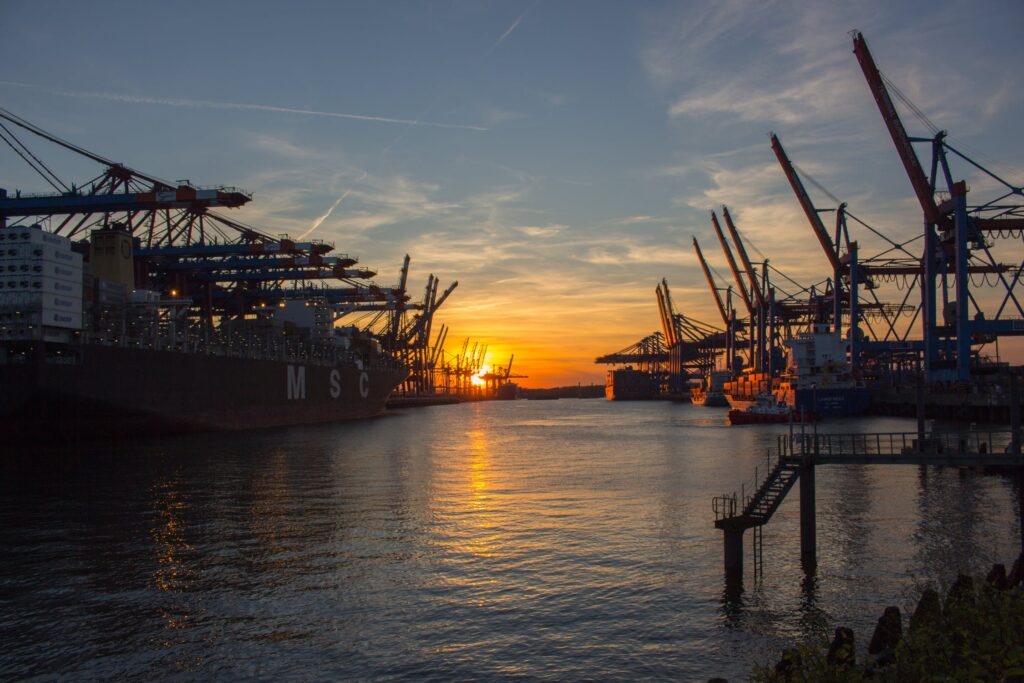
FIO (Free In & Out)
- Charterer pays for both loading and discharge
- Charterer handles cargo operations (dunnage, lashing)
- Vessel port charges: Owner (POL & POD)
- Cargo port charges: Charterer

FIOS (Free In, Out, Stowed)
- Same as FIO + Charterer arranges stowage
- Vessel port charges: Owner (POL & POD)
- Cargo port charges: Charterer

FIOST (Free In, Out, Stowed, Trimmed)
- All cargo handling (including trimming) by Charterer
- Vessel port charges: Owner (POL & POD)
- Cargo port charges: Charterer
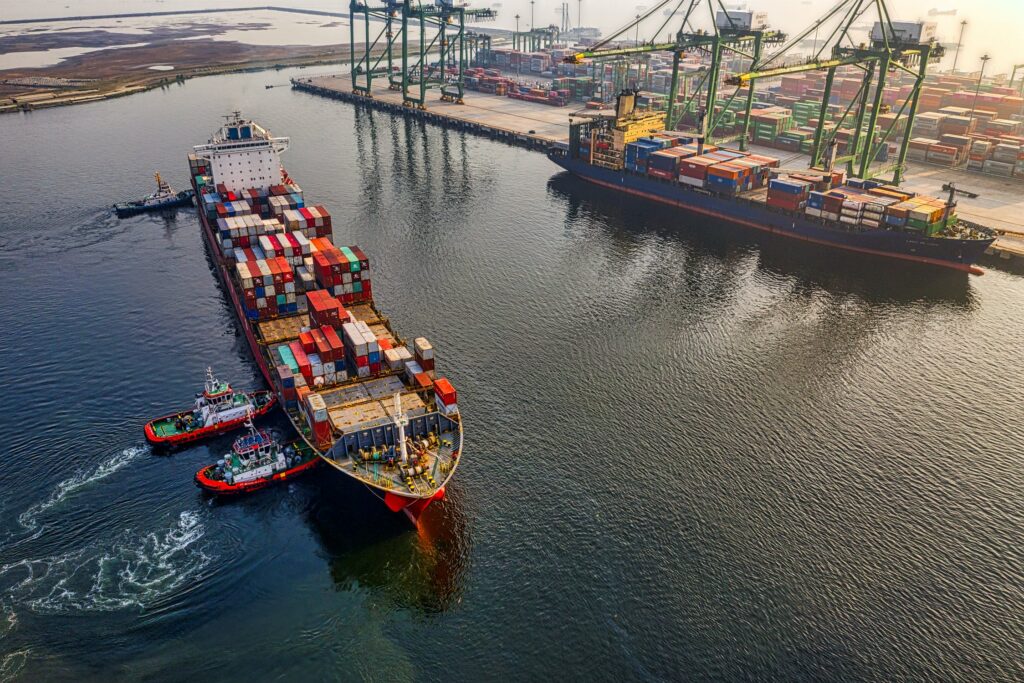
FILO / LIFO / LILO / FLT
Common in liner shipping, general cargo and breakbulk trades
FILO – Free In, Liner Out
- Charterer pays for loading
- Owner pays for discharging
- Stowage: Owner
- Dunnage/lashing at load port: Charterer
- Port charges:
Vessel-related
Owner (POL & POD)
Cargo-related
Charterer (load port)

LIFO – Liner In, Free Out
- Owner pays for loading
- Charterer pays for discharging
- Stowage: Owner
- Dunnage/lashing at discharge port: Charterer
- Port charges:
Vessel-related
Owner (POL & POD)
Cargo-related
Charterer (discharge port)

LILO – Liner In, Liner Out
- Owner pays for loading & discharging
- Owner handles all stowage, lashing, dunnage
- Port charges (vessel + cargo): Owner
- Full-service liner shipping. Charterer just delivers cargo and waits for discharge
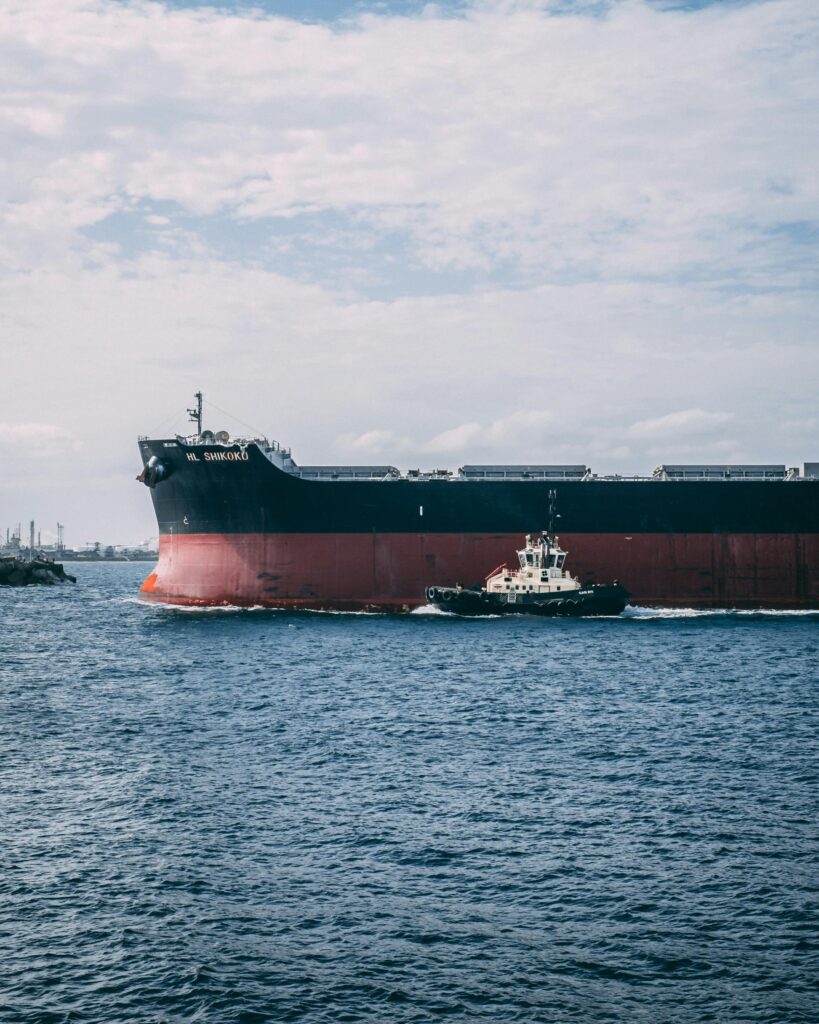
FLT – Full Liner Terms
- Owner pays for everything: loading, discharging, stowage, securing
- Vessel port charges - owners (POL & POD)
- Charterer may pay cargo port charges (if not included in freight)
- Standard for project cargo and breakbulk shipments.
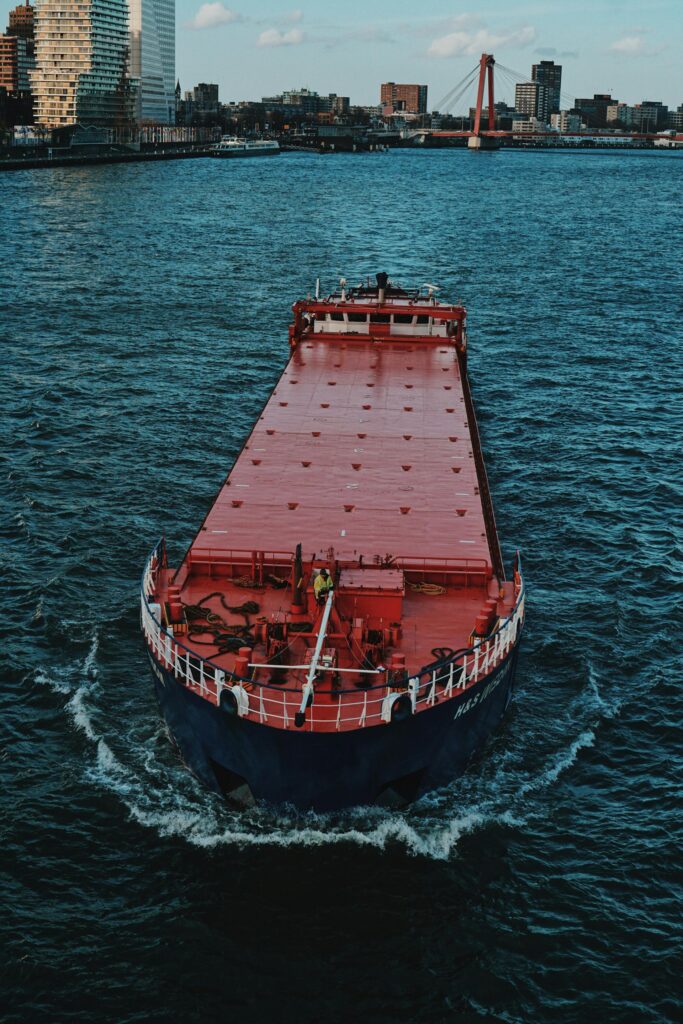
Key Takeaway

BEWARE OF THE NEW FRAUD METHOD
BEWARE OF THE NEW FRAUD METHOD ON SHIP'S CHARTERING AND BROKERING
Stage 1
Acting as Charterers' exclusive broker, they circulate cargo via the company's email address. They provide a spot cancellation date, but they also offer flexibility by offering a ship date. They provide a charterer's agent for loading and a free D/A for discharging.
Stage 2
Once the vessel details are provided, they present the freight offer and other conditions at the RECAP stage. In the RECAP, they provide reference vessel names and the shipowner's email address for the charterer's most recent shipments. They also ask you for the vessel's last three shipments and ports. They request a timed response. All these demonstrates their seriousness.
Stage 3
Once the freight agreement is reached, they request details of the vessel, shipowner, operator, full vessel details, P&I and insurance certificates, etc.
Stage 4
After the documents and information are submitted, they provide sub-stem charterer approval. For Clear RECAP: If the first three stages were completed in the morning, they'll say, "We'll remove the subs at the end of the evening shift that same day", or if they were completed in the afternoon, they say that they'll remove the subs the next morning." They tell you that this is just a procedure and you can set the ship on its way
Stage 5
After the agent has submit a D/A offer to the shipowner and the subs are removed, the agent requests an upfront D/A so they can organize berths at the port and plan the ship. They emphasize that demurrage cannot be claimed in case of delays if you don't pay, and they demand payment
Stage 6
If you've paid the port D/A and set the ship on its way, you might not even realize you've been defrauded until the ship arrives. By the time the ship arrives, you'll realize there's neither the agent nor the cargo, and it's too late
How to Avoid This Situation?
- You must contact the shipper and seek proof of the cargo's existence
- If the agency is a charterer's agent, the agency's authorization certificate, hich approved by state authorities, must be requested. This should be inquired about at the Chamber of Maritime Commerce
- The shipper's information should be verified, and confirmation should be obtained from the relevant authorities
- Interview well-known companies that provide similar services in the region to gather intelligence about the shipper and the agency
- If none of the above are available, you should absolutely STAY AWAY from that contract and those who offered it to you
- Research the port's ship agency procedures and inquire about any special requirements for acting as an agency at the port. If so, inquire about whether the agency you were contacted meets these requirements
If say, "How can this happen?" We hear of many companies being defrauded in this way
Classification of Bulk Carriers
Bulk carriers are generally classified according to their deadweight tonnage (DWT) and size characteristics as follows:
- Mini Bulker – up to 10,000 DWT
- Handysize – 10,000 to 35,000 DWT
- Handymax – 36,000 to 49,000 DWT
Length: 180 meters - Supramax – 50,000 to 60,000 DWTLength: 190 meters
- Ultramax – 60,000 to 66,000 DWTLength: 200 meters (latest design with five cargo holds)
- Panamax – 70,000 to 80,000 DWTLength: 225 meters
- Kamsarmax – 80,000 to 85,000 DWTLength: 229 meters
- Capesize – 120,000 to 200,000 DWTLength: 300 meters (too large to transit the Panama or Suez Canals)
- VLOC / ULOC – up to 400,000 DWTLength: more than 300 meters

